Home>Furniture & Design>Living Room Furniture>How To Lock A Lazy Boy Recliner
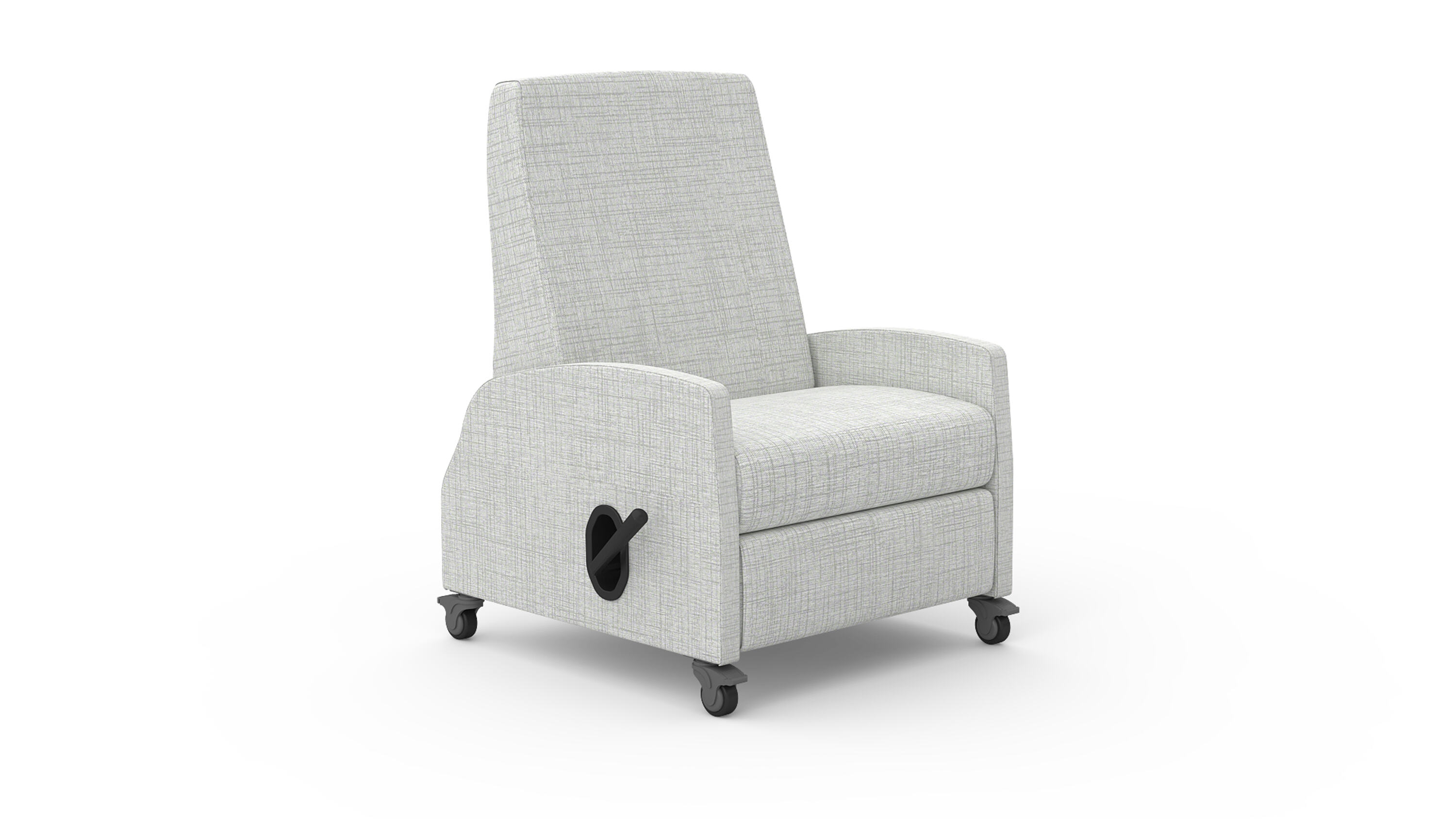

Living Room Furniture
How To Lock A Lazy Boy Recliner
Modified: October 19, 2024
Learn how to lock a Lazy Boy recliner for added comfort and stability. Find the best living room furniture and design tips for a cozy and stylish space. Unlock the potential of your recliner today!
(Many of the links in this article redirect to a specific reviewed product. Your purchase of these products through affiliate links helps to generate commission for Storables.com, at no extra cost. Learn more)
Introduction
When it comes to relaxation and comfort, few pieces of furniture can rival the beloved Lazy Boy recliner. Its plush cushioning, adjustable footrest, and reclining backrest make it the perfect spot to unwind after a long day. However, there are times when you may want to lock the recliner in a specific position to prevent it from moving or reclining further. Whether you have pets or young children who may inadvertently activate the reclining feature, or you simply prefer a stationary seating position, knowing how to lock a Lazy Boy recliner can be incredibly useful.
In this comprehensive guide, we will walk you through the step-by-step process of locking your Lazy Boy recliner, ensuring that you can enjoy a secure and stable seating experience. From gathering the necessary materials to troubleshooting and maintenance tips, we've got you covered. So, grab your favorite beverage, settle into your recliner, and let's delve into the world of recliner locking mechanisms.
Key Takeaways:
- Master the art of locking your Lazy Boy recliner for personalized comfort and stability. Gather materials, locate the mechanism, engage it, and test for a secure seating experience.
- Troubleshoot and maintain your recliner’s locking mechanism for long-lasting functionality. Clear obstructions, check alignment, and perform regular cleaning and lubrication.
Read more: How To Adjust A Lazy Boy Recliner
Step 1: Gather the Necessary Materials
Before embarking on the process of locking your Lazy Boy recliner, it's essential to gather the necessary materials to ensure a smooth and successful experience. Here's what you'll need:
-
Owner's Manual: The owner's manual that came with your Lazy Boy recliner is an invaluable resource. It provides specific information about your recliner model, including the location of the locking mechanism and detailed instructions for operation.
-
Flashlight: A small flashlight can be incredibly helpful, especially if the area around the recliner is dimly lit. It will assist you in locating the locking mechanism and understanding its components more clearly.
-
Assistance (Optional): Depending on the size and weight of your recliner, having an extra set of hands can make the process easier. If possible, enlist the help of a family member or friend to assist with certain steps, such as tilting the recliner to access the underside.
-
Cleaning Cloth: While not directly related to the locking process, having a cleaning cloth on hand can be beneficial. It allows you to wipe down any areas of the recliner that may have accumulated dust or debris, ensuring a clean and comfortable seating experience.
-
Screwdriver (Optional): In some cases, the locking mechanism may require minor adjustments or tightening. Having a screwdriver on hand can be useful for addressing any issues related to the mechanism's components.
By ensuring that you have these materials readily available, you'll be well-prepared to proceed with confidence as you navigate the process of locking your Lazy Boy recliner. With these essentials at your disposal, you can approach the subsequent steps knowing that you have everything you need to effectively engage the recliner's locking mechanism.
Step 2: Locate the Locking Mechanism
Locating the locking mechanism is a crucial initial step in the process of securing your Lazy Boy recliner in a desired position. The exact placement of the locking mechanism can vary depending on the specific model of your recliner. To begin, refer to the owner's manual for detailed guidance on identifying the location of the locking mechanism. If you no longer have the manual, don't worry; we'll guide you through the general areas where the locking mechanism is commonly found.
-
Underneath the Recliner: In many Lazy Boy recliner models, the locking mechanism is situated underneath the seat, near the front or sides. To access this area, gently tilt the recliner forward, ensuring that it is properly supported to prevent tipping. Using a flashlight can be immensely helpful in illuminating the underside of the recliner, allowing you to identify the components of the locking mechanism with greater clarity.
-
Side of the Recliner: Some recliners feature the locking mechanism on the side of the chair, often near the base or the armrest. Check the area along the sides of the recliner, as the locking lever or button may be conveniently positioned for easy access.
-
Within the Armrest: In certain models, particularly those with additional features such as built-in storage compartments or control panels, the locking mechanism may be integrated within the armrest. Take a closer look at the armrest area, as the mechanism could be discreetly incorporated into the design.
As you explore these potential locations, pay attention to any levers, buttons, or switches that appear to be associated with the locking function. Additionally, take note of any visual indicators or labels that may denote the presence of the locking mechanism. Once you have successfully located the mechanism, you are ready to proceed to the next step of engaging it to secure your recliner in place.
By carefully identifying the position of the locking mechanism, you are laying the groundwork for effectively utilizing this feature to customize your recliner's seating configuration. With a clear understanding of where to find the locking mechanism, you can confidently move on to the subsequent steps, bringing you closer to achieving the desired level of stability and comfort in your Lazy Boy recliner.
Step 3: Engage the Locking Mechanism
Once you have successfully located the locking mechanism of your Lazy Boy recliner, the next step is to engage it to secure the desired seating position. Depending on the specific model of your recliner, the method for activating the locking mechanism may vary. Refer to the owner's manual for precise instructions tailored to your recliner model. If the manual is unavailable, follow these general guidelines to engage the locking mechanism effectively.
-
Underneath the Recliner: If the locking mechanism is situated underneath the recliner, near the front or sides, carefully inspect the area for a lever, button, or switch designed to activate the lock. Once identified, use your hand to engage the mechanism by firmly pressing, sliding, or toggling the designated control. You may hear or feel a subtle click, indicating that the lock has been successfully engaged.
-
Side of the Recliner: For recliners with the locking mechanism located on the side, near the base or armrest, look for a visible lever or button that corresponds to the locking function. Depending on the design, you may need to exert gentle pressure or manipulate the control to secure the lock in place. Pay attention to any visual cues, such as a locking symbol or indicator light, to confirm that the mechanism has been activated.
-
Within the Armrest: In recliner models featuring the locking mechanism integrated within the armrest, carefully explore the armrest area for a discrete control related to the lock. This may involve lifting a cover or accessing a control panel to engage the mechanism. Once located, follow the specific instructions provided for your recliner to effectively activate the lock within the armrest.
It's important to approach the process with attentiveness and patience, ensuring that the locking mechanism is fully engaged to provide the desired level of stability. Once the mechanism has been activated, test the recliner by gently applying pressure to confirm that it remains securely locked in place. If successful, you have effectively engaged the locking mechanism, customizing your recliner to suit your preferred seating configuration.
By following these general guidelines and utilizing the specific instructions tailored to your recliner model, you can confidently engage the locking mechanism, enhancing the versatility and comfort of your Lazy Boy recliner. With the mechanism effectively activated, you are poised to enjoy a secure and stable seating experience, tailored to your individual preferences.
Step 4: Test the Lock
After engaging the locking mechanism of your Lazy Boy recliner, it's essential to thoroughly test the lock to ensure that it effectively secures the desired seating position. Testing the lock not only verifies its functionality but also provides peace of mind, knowing that your recliner will remain stable and stationary as intended.
To begin the testing process, carefully settle into the recliner and adjust it to your preferred seating position. Whether you enjoy a partially reclined posture or favor a fully upright stance, ensure that the recliner is positioned exactly as you desire. Once in position, gently apply pressure to the backrest and footrest, simulating the natural movements that occur during regular use.
As you exert pressure, pay close attention to any signs of movement or give in the recliner's components. A properly engaged lock should effectively resist any further reclining or adjustment, maintaining the recliner in the chosen configuration. Take note of the sensation and visual cues as you test the lock, ensuring that the recliner remains stable and secure throughout the process.
Additionally, experiment with shifting your weight and making subtle adjustments to gauge the lock's resilience. By engaging in these movements, you can confidently assess the lock's ability to uphold the desired seating position, providing reassurance that it can withstand typical usage scenarios.
If the lock successfully maintains the recliner in the chosen position without yielding to pressure or movement, congratulations – you have effectively tested the lock, confirming its reliability and functionality. However, if you encounter any unexpected give or instability during the testing process, it may indicate that the lock requires further adjustment or maintenance.
In such cases, refer to the owner's manual for troubleshooting guidance specific to your recliner model. Whether it involves tightening components, realigning the locking mechanism, or addressing any potential issues, following the manufacturer's recommendations can help restore the lock to optimal working condition.
By diligently testing the lock and ensuring its ability to uphold the desired seating position, you are actively contributing to the overall comfort and functionality of your Lazy Boy recliner. A successfully tested lock provides the assurance of a secure and stable seating experience, allowing you to relax and unwind with confidence.
With the lock effectively tested and confirmed, you can revel in the personalized comfort and stability that your recliner offers, knowing that it has been tailored to suit your individual preferences. Whether it's enjoying a leisurely afternoon read or unwinding with your favorite show, the tested lock ensures that your recliner remains steadfast and accommodating, enhancing your overall relaxation experience.
To lock a Lazy Boy recliner, locate the lever on the side and push it down to lock the footrest in place. This will prevent the recliner from opening when you don’t want it to.
Read more: How To Clean A Lazy Boy Recliner
Step 5: Troubleshooting and Maintenance
In the event that you encounter any issues with the locking mechanism of your Lazy Boy recliner, it's essential to be equipped with troubleshooting strategies to address potential concerns. Additionally, incorporating regular maintenance practices can help uphold the functionality and longevity of the locking mechanism, ensuring that your recliner continues to provide a secure and stable seating experience.
Troubleshooting Tips
If you notice any unexpected behavior or malfunctions related to the locking mechanism, consider the following troubleshooting tips to identify and resolve potential issues:
-
Inspect for Obstructions: Thoroughly examine the area surrounding the locking mechanism for any obstructions or debris that may impede its proper operation. Clearing away any foreign objects can alleviate potential interference and restore the mechanism's functionality.
-
Check for Loose Components: Over time, the components of the locking mechanism may become loose, affecting its ability to secure the recliner in place. Utilize a screwdriver to carefully inspect and tighten any loose screws or fasteners associated with the mechanism, addressing any instability or wobbling.
-
Verify Alignment: Ensure that the locking mechanism is properly aligned with its corresponding components. Misalignment can hinder the mechanism's effectiveness, leading to difficulties in engaging or maintaining the lock. Adjust the positioning as needed to restore proper alignment.
-
Refer to the Manual: If troubleshooting efforts prove inconclusive, consult the owner's manual for specific troubleshooting guidance provided by Lazy Boy. The manual may offer detailed troubleshooting steps tailored to your recliner model, addressing common issues and providing solutions for restoring the locking mechanism's functionality.
Maintenance Practices
Incorporating regular maintenance practices can contribute to the overall performance and durability of the locking mechanism, promoting a reliable and enduring seating experience. Consider the following maintenance practices to uphold the functionality of your recliner's locking mechanism:
-
Periodic Cleaning: Routinely clean the area around the locking mechanism to prevent the accumulation of dust, dirt, or debris. Use a soft, damp cloth to gently wipe down the components, ensuring that the mechanism remains free from potential contaminants that could impact its operation.
-
Lubrication: Apply a small amount of lubricant to the moving parts of the locking mechanism as recommended by the manufacturer. Proper lubrication can help reduce friction and wear, contributing to smoother operation and prolonged functionality of the lock.
-
Regular Inspections: Periodically inspect the locking mechanism for any signs of wear, damage, or irregularities. By identifying potential issues early on, you can proactively address them, preventing minor concerns from escalating into more significant problems.
By implementing these troubleshooting and maintenance practices, you can effectively address any issues related to the locking mechanism of your Lazy Boy recliner and uphold its functionality over time. Through attentive care and periodic maintenance, you can ensure that the locking mechanism continues to provide the stability and security essential for a comfortable and enjoyable seating experience.
Conclusion
In conclusion, mastering the art of locking your Lazy Boy recliner opens up a world of personalized comfort and stability, tailored to your unique preferences. By following the step-by-step process outlined in this guide, you have gained the knowledge and confidence to engage the recliner's locking mechanism effectively, ensuring that it remains securely positioned for your relaxation and enjoyment.
The journey began with gathering the necessary materials, emphasizing the importance of having the owner's manual, a flashlight, and optional assistance on hand. Armed with these essentials, you ventured into the realm of recliner mechanics, locating the locking mechanism with precision and understanding its potential placements. Whether it resided underneath the recliner, along the side, or discreetly within the armrest, you navigated the terrain with attentiveness and determination.
Engaging the locking mechanism marked a pivotal moment, as you deftly activated the mechanism to secure your desired seating position. With careful consideration and adherence to general guidelines, you successfully harnessed the mechanism's power, customizing your recliner to accommodate your preferred posture and relaxation style.
The subsequent testing phase provided a tangible reassurance of the lock's reliability, as you meticulously evaluated its ability to withstand pressure and maintain the chosen configuration. Your diligence in testing the lock not only affirmed its functionality but also instilled a sense of confidence in the recliner's stability, setting the stage for countless moments of relaxation and repose.
Furthermore, the troubleshooting and maintenance insights offered valuable strategies for addressing potential concerns and upholding the locking mechanism's performance over time. By embracing these practices, you have positioned yourself as a steward of your recliner's longevity, ensuring that it continues to deliver a secure and stable seating experience for years to come.
As you reflect on the journey of unlocking the secrets to securing your Lazy Boy recliner, take pride in the newfound mastery you have attained. Your recliner now stands as a bastion of comfort and stability, ready to cradle you in moments of repose and relaxation. With the locking mechanism under your command, you are poised to savor the tranquility and comfort that your recliner offers, knowing that it has been tailored to your exact specifications.
So, as you settle into your recliner, basking in the embrace of its plush cushioning and secure positioning, take a moment to appreciate the journey that has led to this harmonious union of comfort and control. Your Lazy Boy recliner awaits, ready to envelop you in a world of personalized relaxation, made possible by your newfound expertise in the art of recliner locking.
Frequently Asked Questions about How To Lock A Lazy Boy Recliner
Was this page helpful?
At Storables.com, we guarantee accurate and reliable information. Our content, validated by Expert Board Contributors, is crafted following stringent Editorial Policies. We're committed to providing you with well-researched, expert-backed insights for all your informational needs.
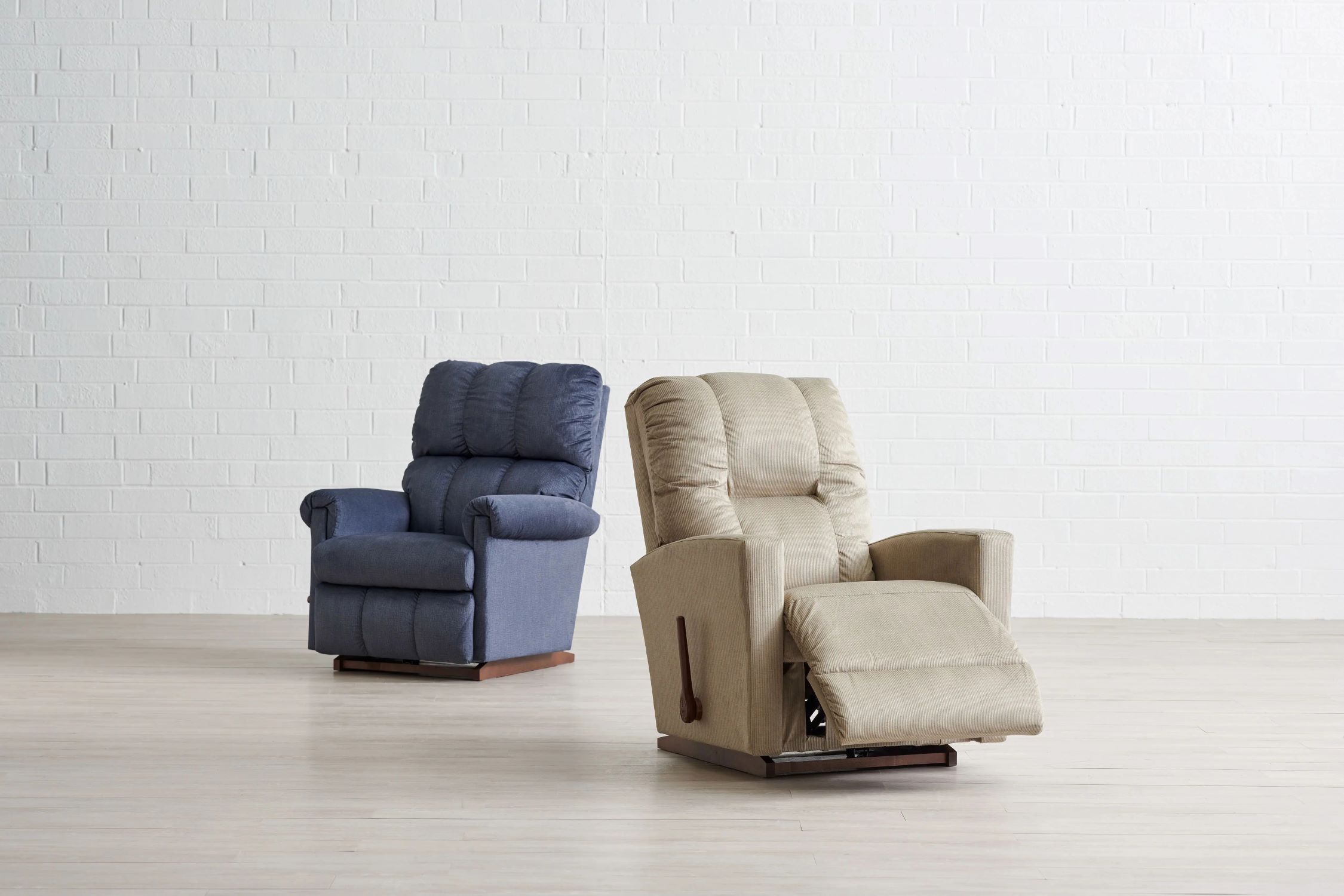
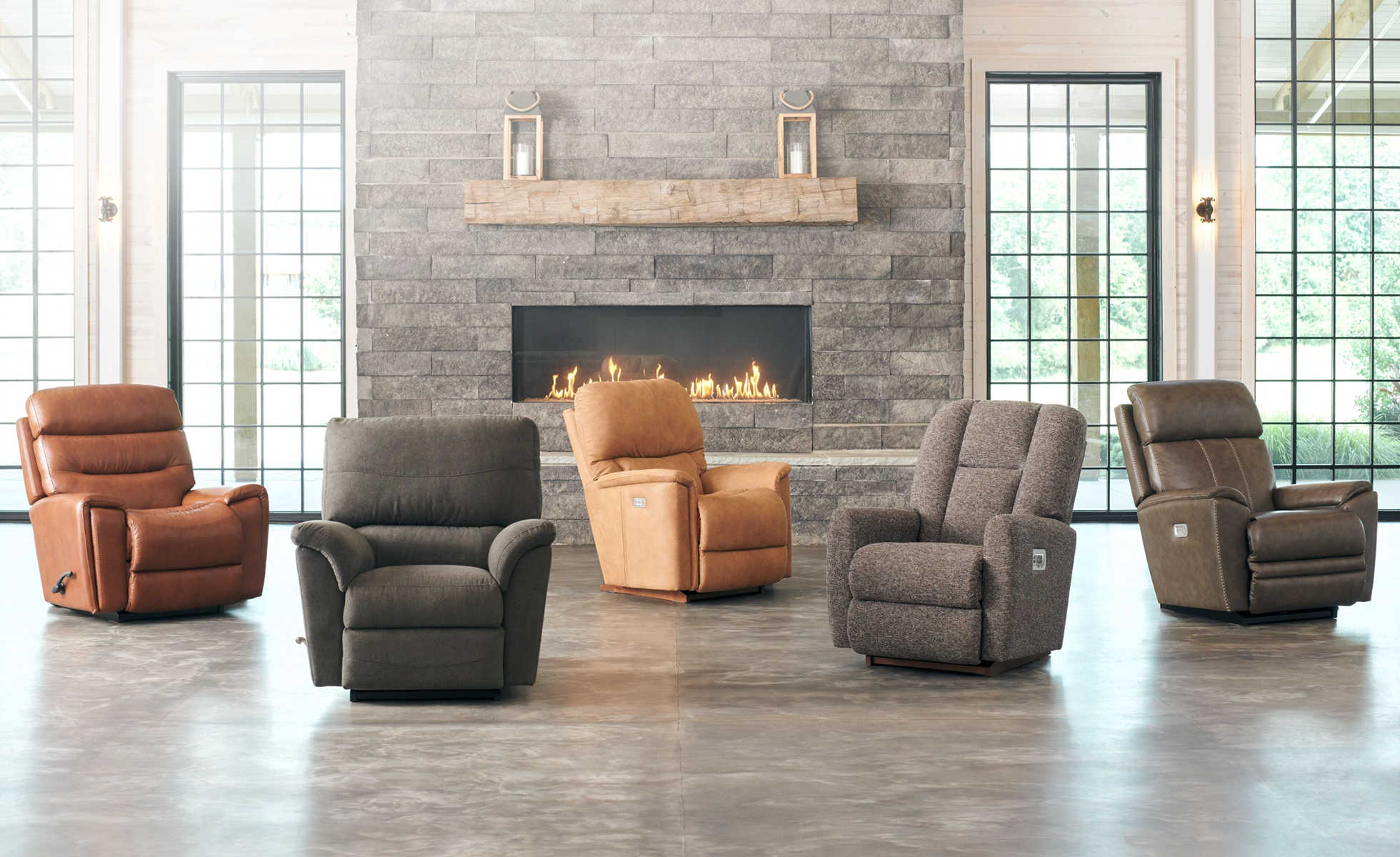
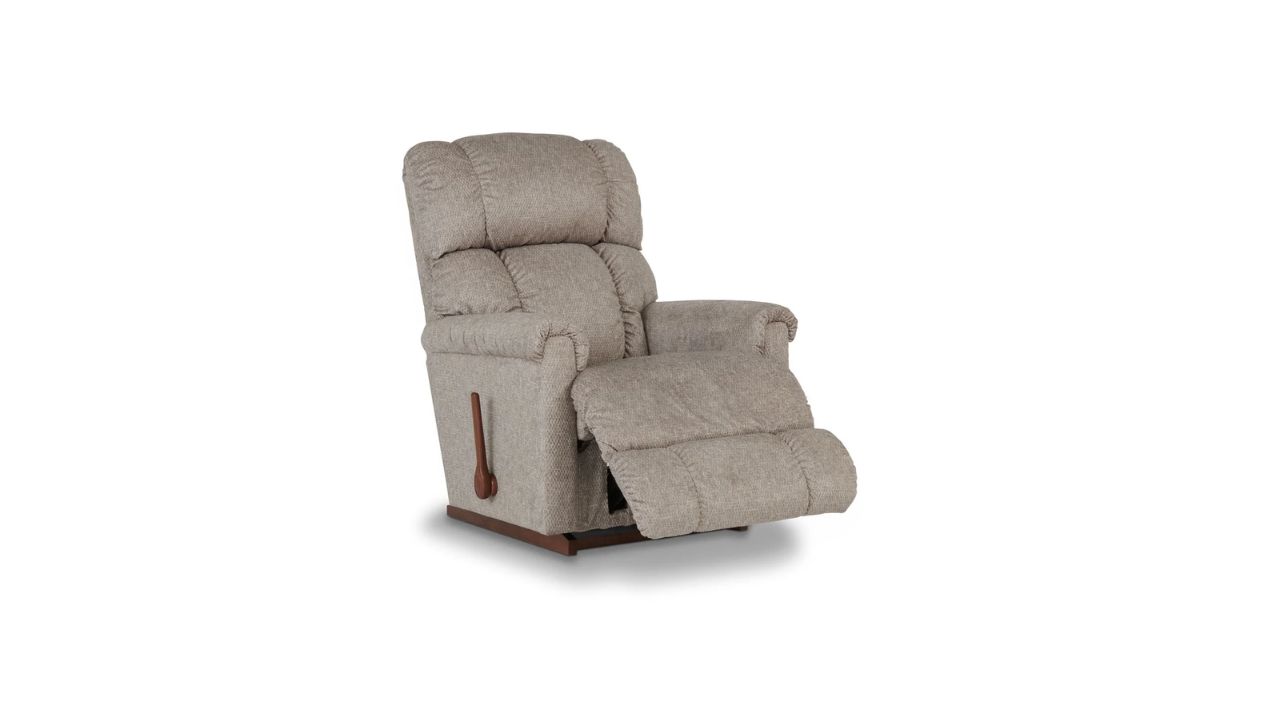
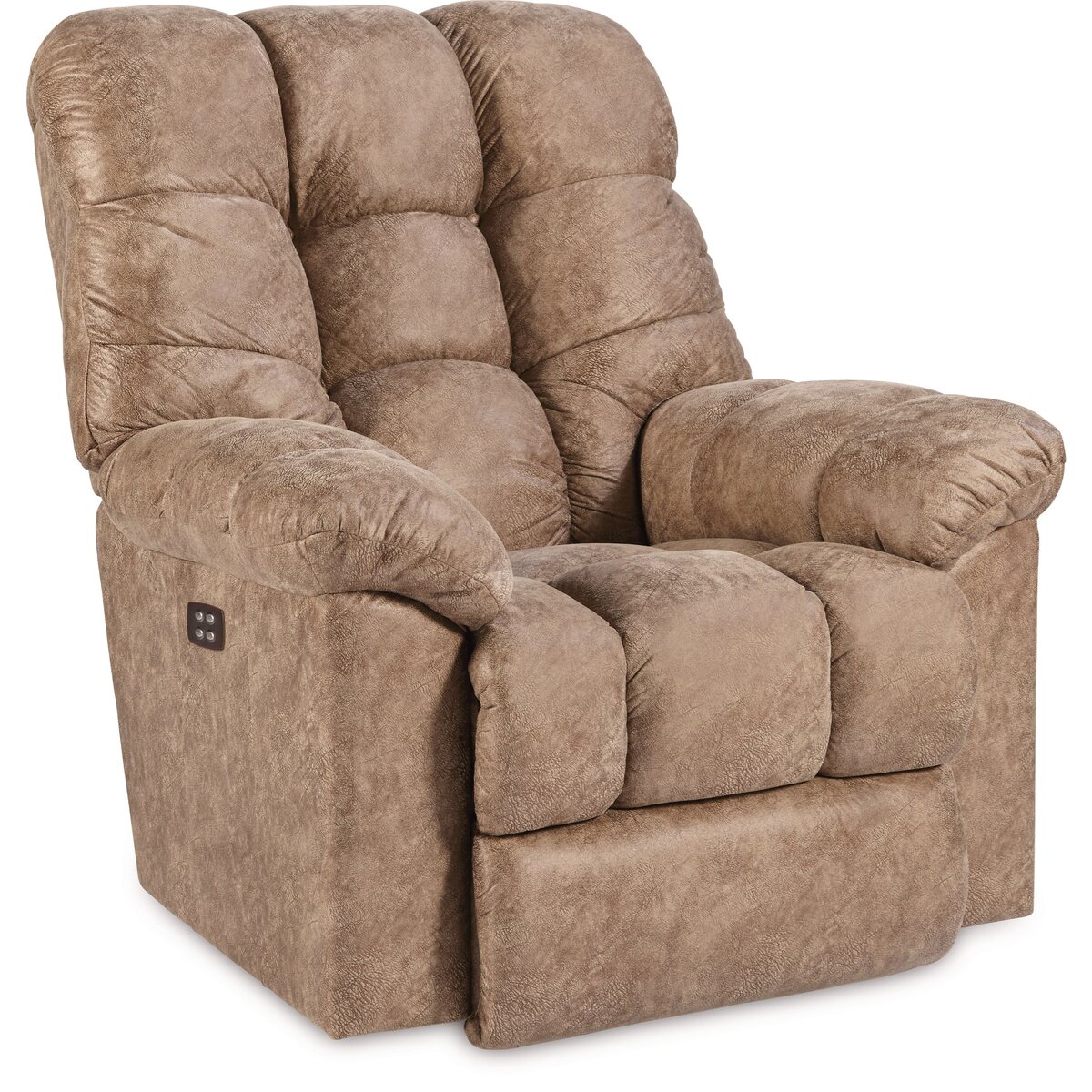
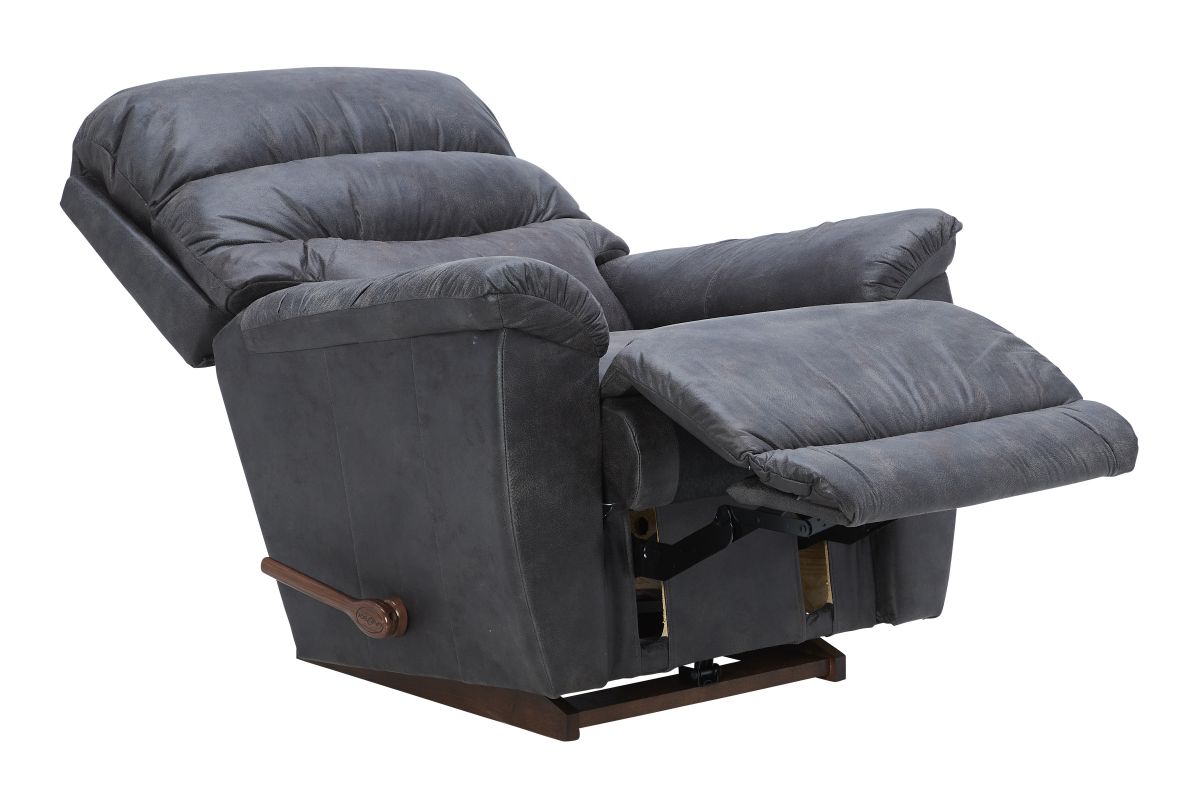
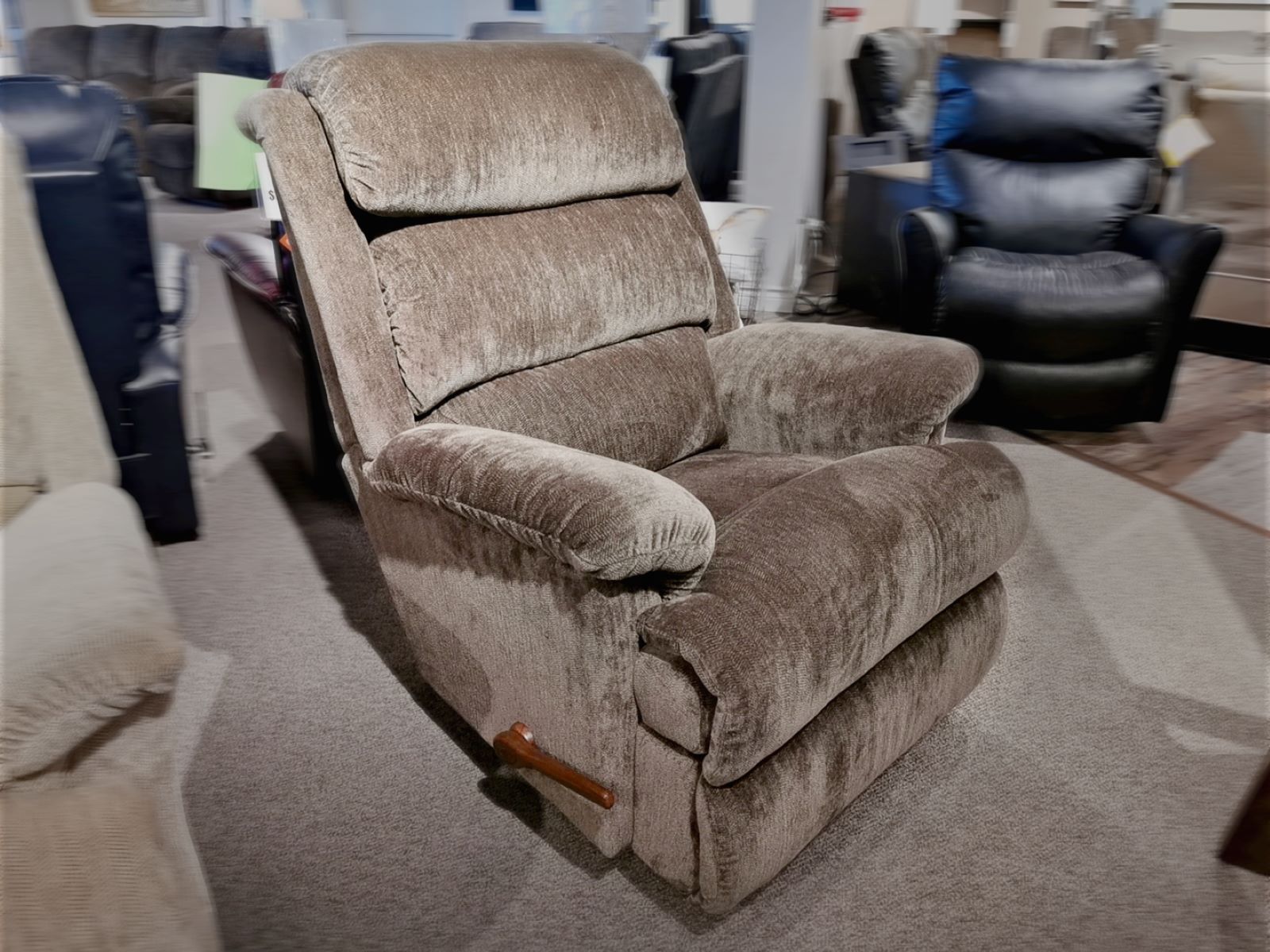
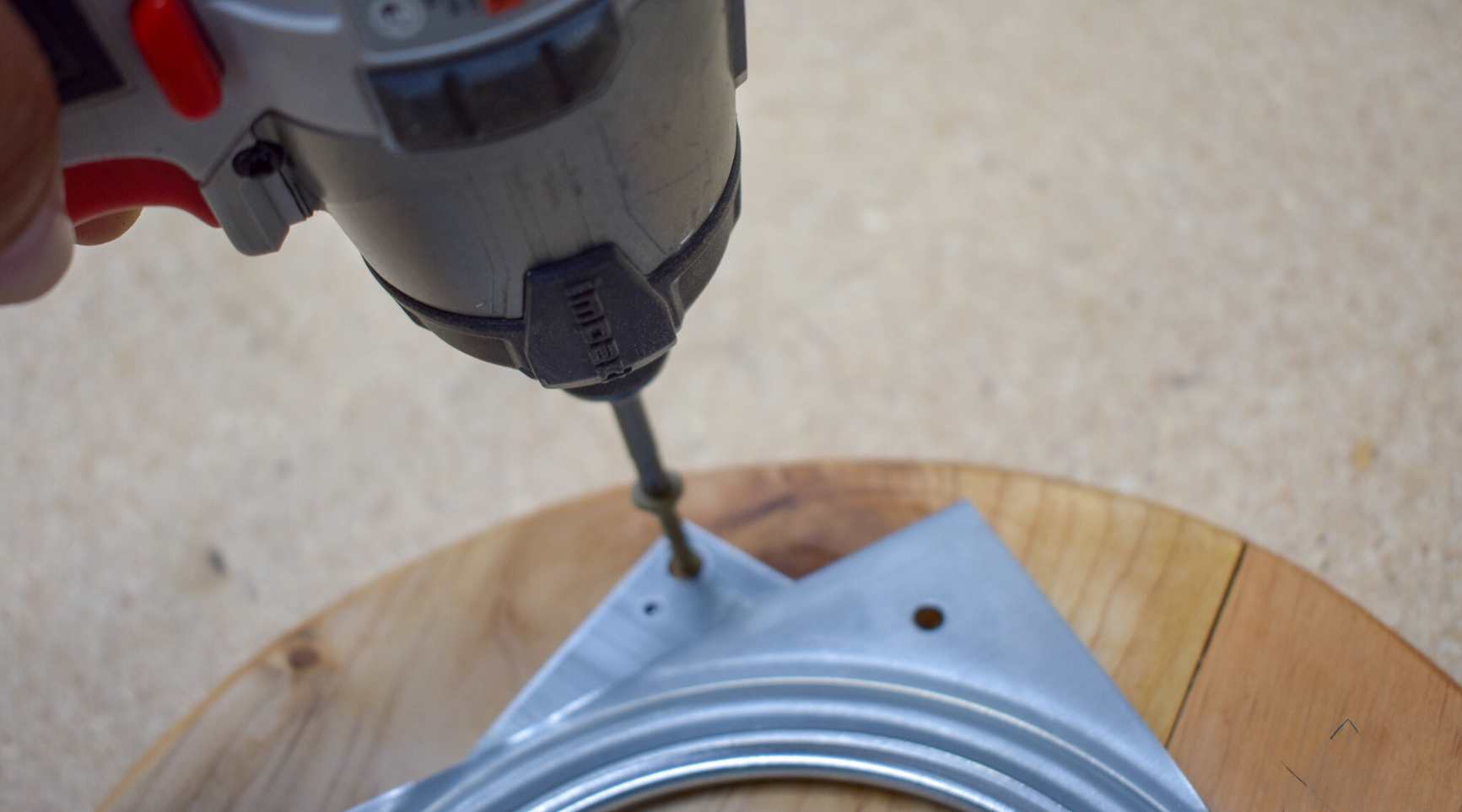


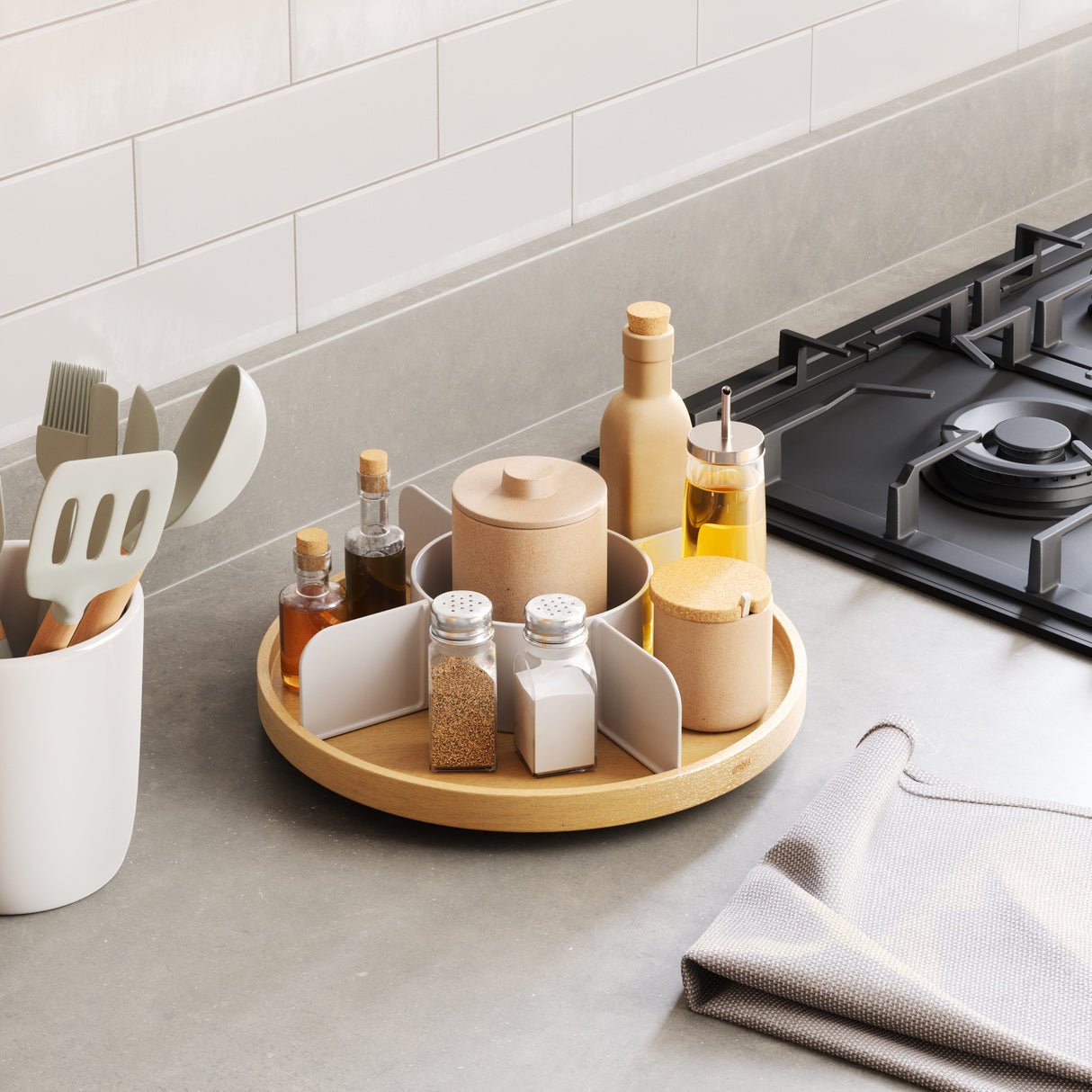
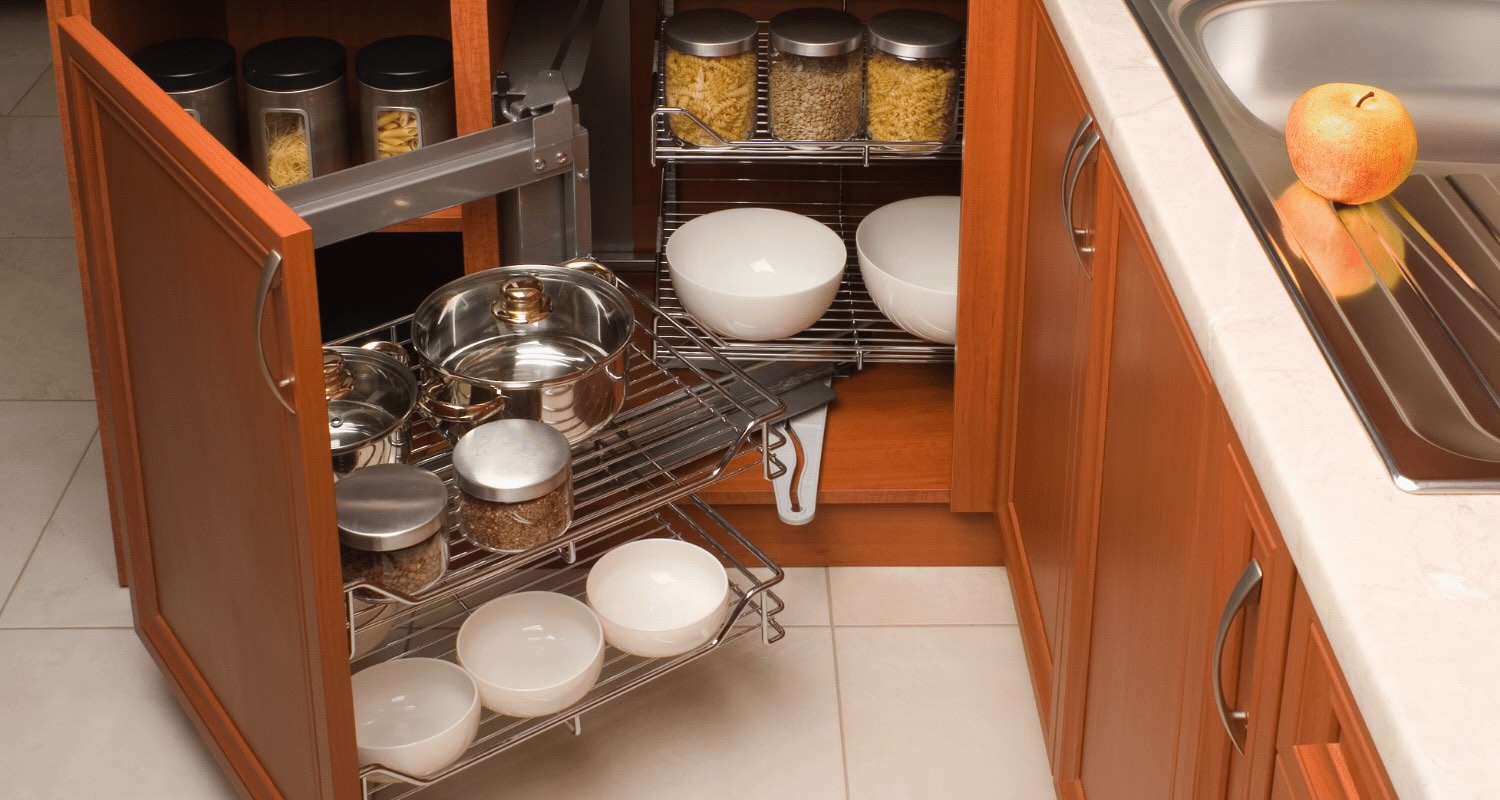
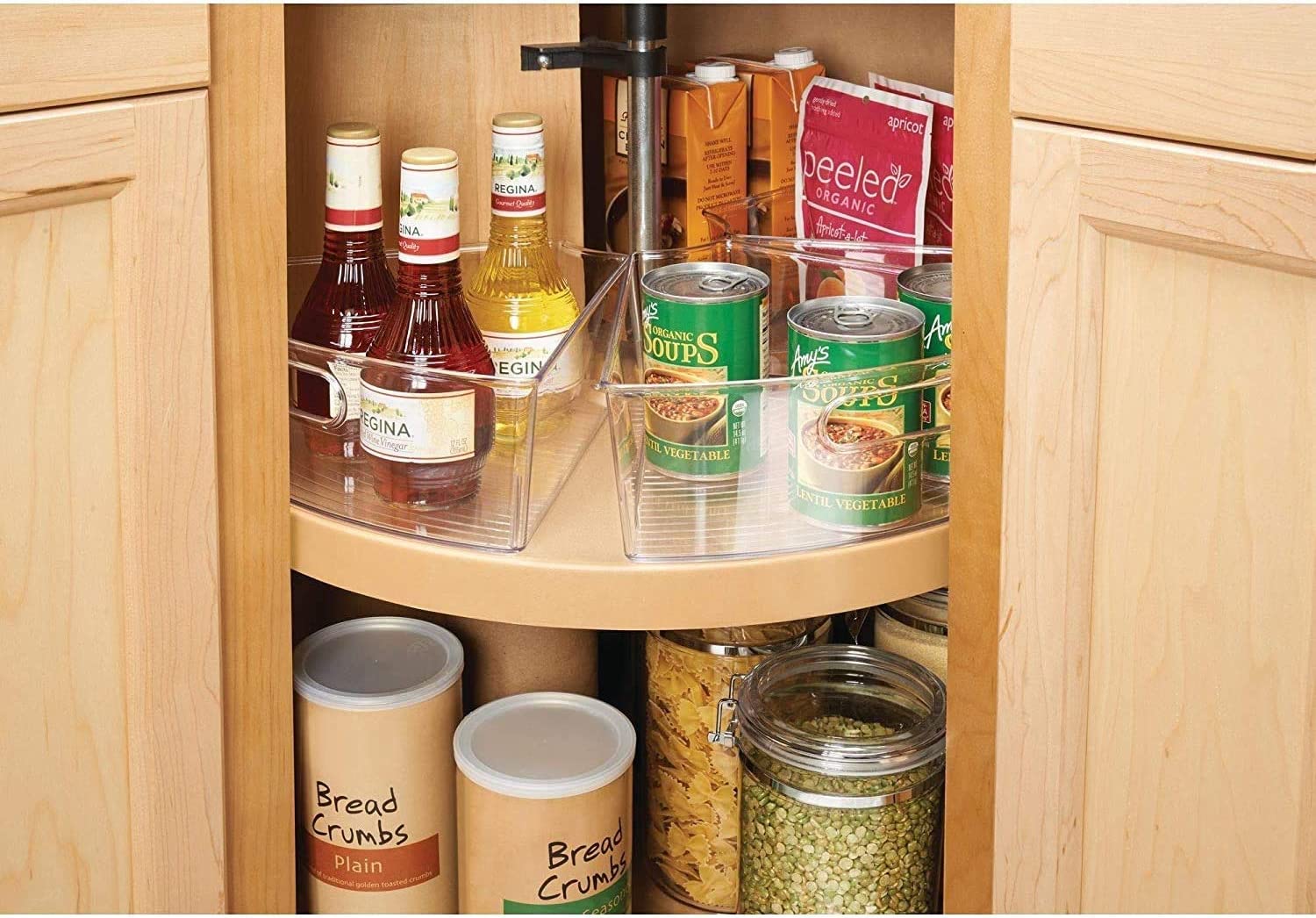
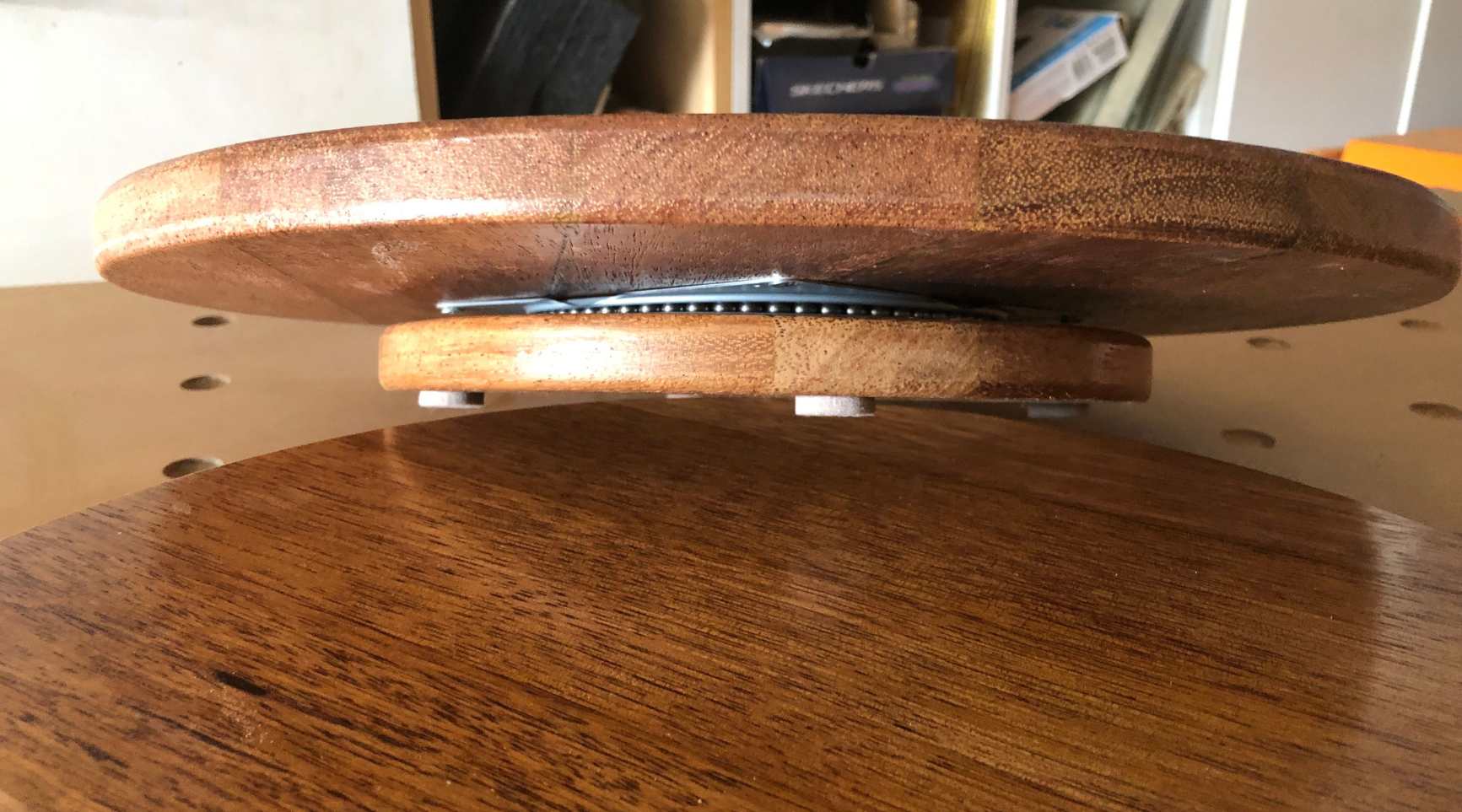


0 thoughts on “How To Lock A Lazy Boy Recliner”